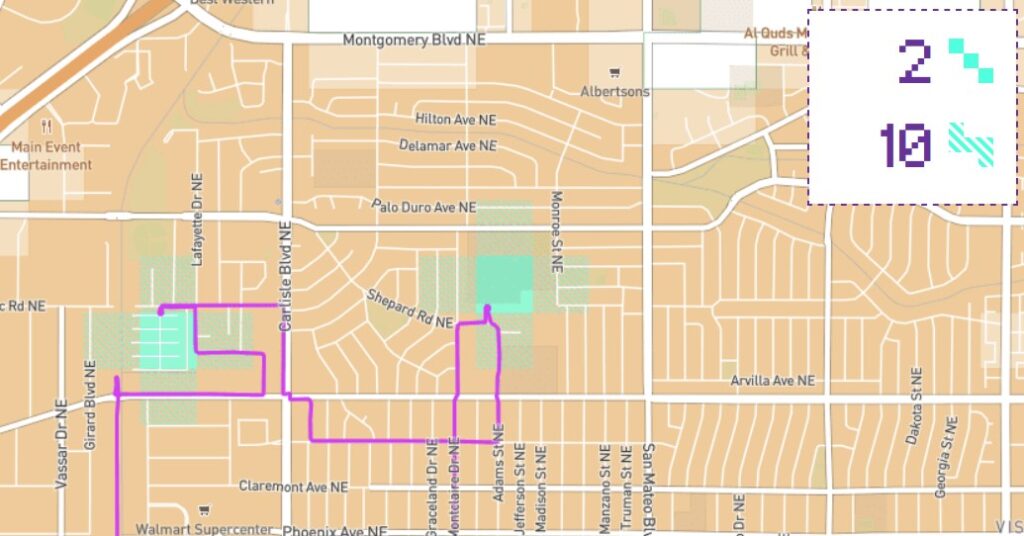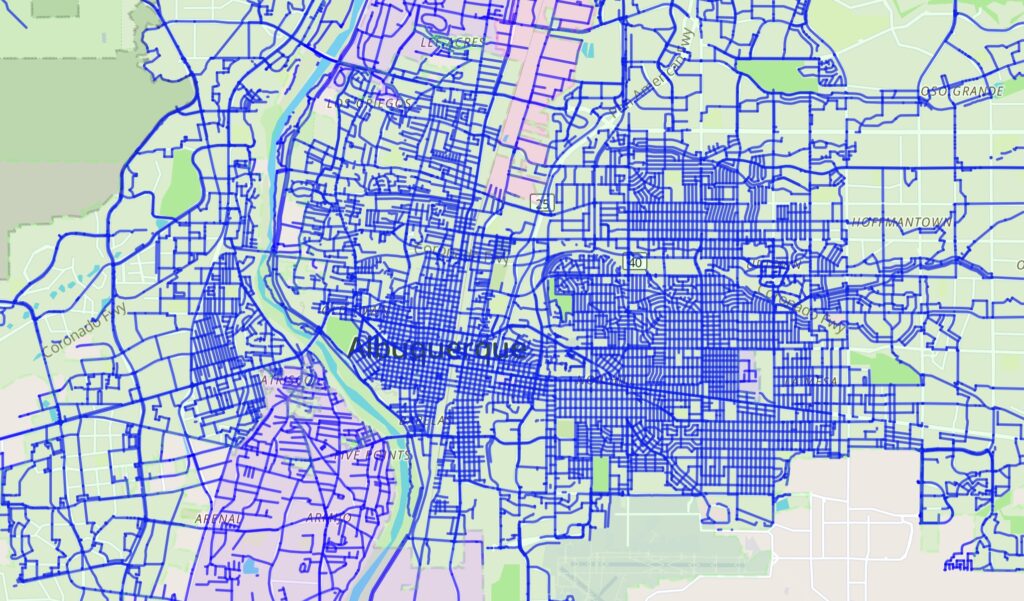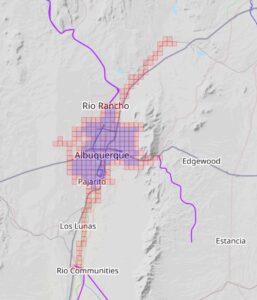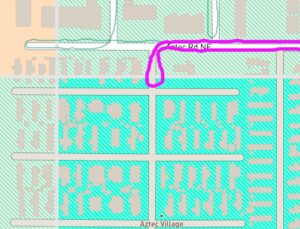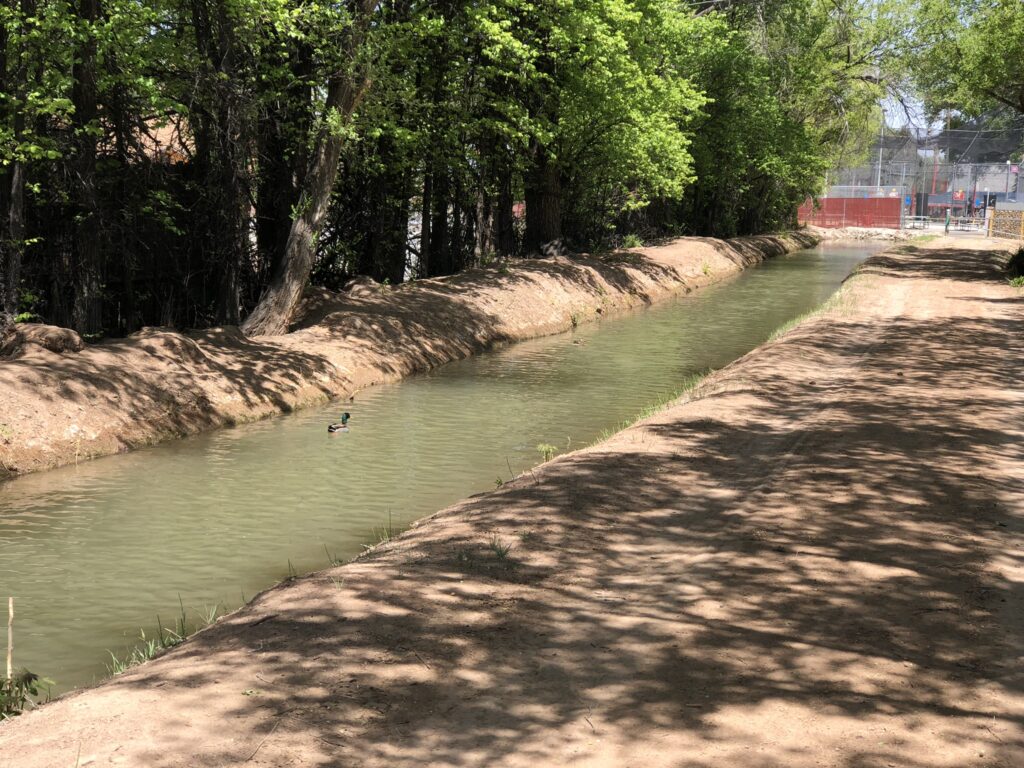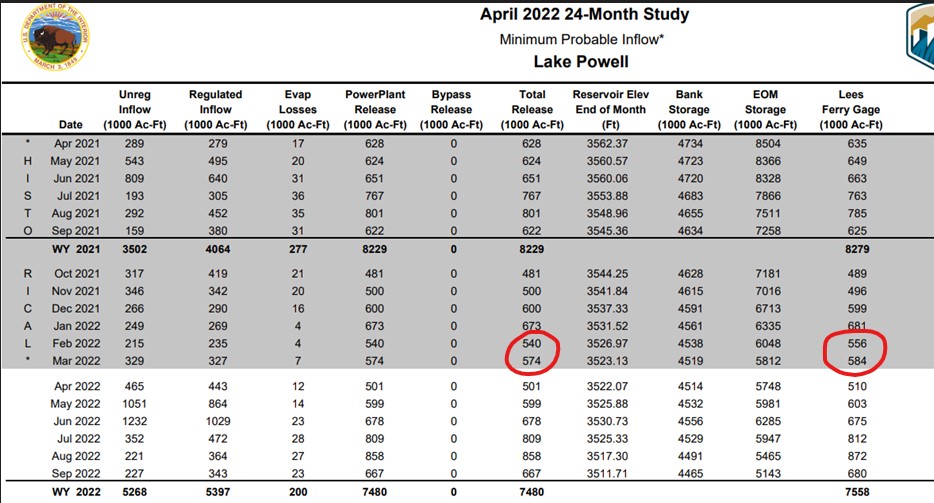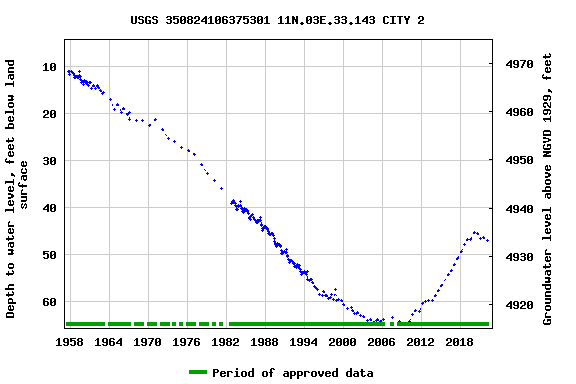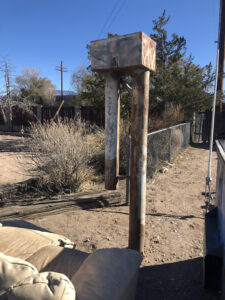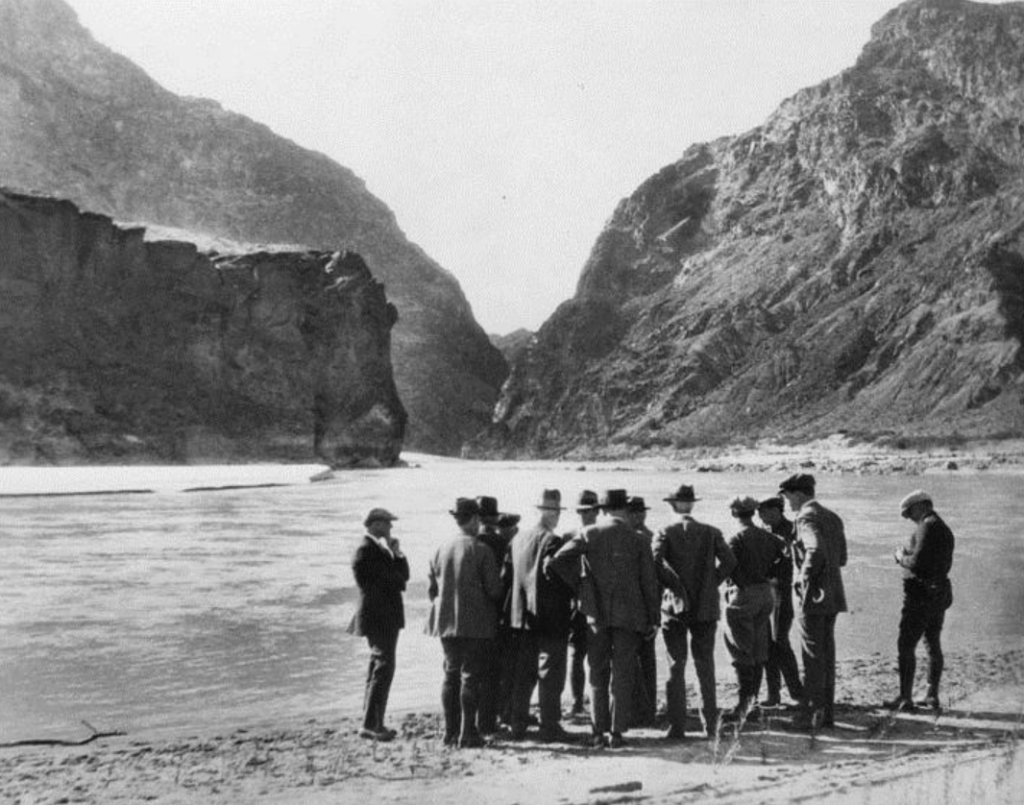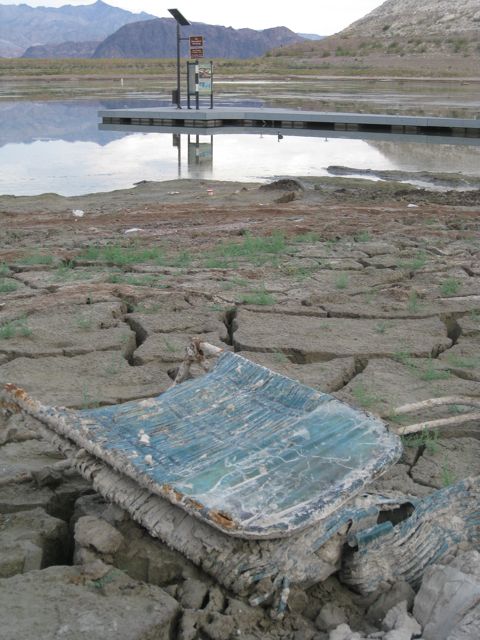
Cracked mud at Boulder Harbor, Lake Mead, Oct. 18, 2010
It has become a Frequently Asked Question of late here at Inkstain World Headquarters:
John, you’ve frequently been quoted in the past expressing optimism about the future of the Colorado River Basin.
Dude, Lake Mead is so low they’re finding dead bodies.
Are you still optimistic?
My answer, of course, is “yes”.
It’s in my contract.
Some history
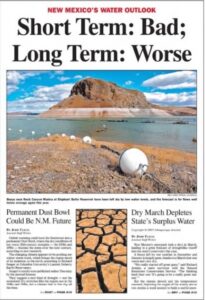
“the harbinger of doom”
Some years ago, I wrote a book called Water is For Fighting Over (and Other Myths About Water in the West). It hasn’t made me a whole lot of money, but it was generally well received. The New York Times called it “illuminating“, and radio talk show host Ross Kaminsky called it “fascinating”.
In it, I laid out a novel argument: Despite the water management and development mistakes of the past – overbuilding our cities and farms in the desert, in the process growing increasingly dependent on an increasingly unreliable water supply – we aren’t screwed.
Why?
I laid out what I and most of my family members agreed was a fairly compelling case about successful water use reductions and collaborative governance that, I argued, have created a framework for sharing rather than fighting over water.
It was a defense of the adaptive capacity of human communities. “When people have less water,” I wrote, “they use less water.”
When WIFFO came out in 2016, it was a bit of a novelty. “Hey, there’s this guy Fleck who doesn’t think we’re screwed! Let’s invite him to come speak at our conference!”
There I would be, in some hotel conference room in Las Vegas (it always seemed to be Las Vegas) offering up my charts and graphs of water conservation success, and stories about people coming together like happy kids on the elementary school playground whose moms had packed yummy treats in their lunchboxes. Treat shortage? No problem, we’ll share what we’ve got before we head out to play Foursquare.
I’d make self-deprecating jokes about my old newspaper self hunting up pictures of cracked mud for my drought stories, grabbing the front page by ominously hinting at our impending doom. (True story: One of my editors used to delight in calling me “the harbinger of doom”, a golden ticket to the front page.)
And then one of those annoying climate scientists would get up (it always seemed to be Brad Udall) with their charts and their graphs about long tail risks of rapidly declining river flows. It was an exercise in uncertainty – climate change my be this bad or it might be that bad. And I would bury my head in my hands. Some climate change, some reduction in river flows, I would think to myself. We can handle that with the tools I had just described. But out toward the scary edge of Brad’s graphs?
I could see how climate change could outpace the tools I had described. Out there, we’d be screwed.
Bodies in Lake Mead
In 2016, when WIFFO came out, the combined storage of Lake Mead and Lake Powell, the two primary water supply reservoirs on the Colorado River, was about 22.4 million acre feet. At the end of this water year, it’s projected to be down to about 13.1 million acre feet.
That’s a decline, on average, of 1.5 million acre feet per year.
For the six years I’ve been out on the hustings hawking my book and its optimistic message, we’ve been using, on average, 1.5 million acre feet more per year than the river has provided.
1.5 million acre feet per year is six Las Vegases. It’s 30 Albuquerques. It’s more than half the farming in the entire Imperial Valley, year after year after year.
If I was my critic, I’d have to point out that dude, Lake Mead is so low they’re finding dead bodies.
It’s a fair cop.
On Getting Started
One of my favorite lines in Water is For Fighting Over isn’t mine. It came from my beloved editor Emily Turner, to whom I owe so much, and landed in the last paragraph of the book.
I was talking about the risk of headlines of doom. Emily was the one who, riffing off of the “not really something Mark Twain said” theme of the book’s title, found the bolded bit below:
[I]f you are able to sidestep the crisis narrative and recognize that your community can thrive with less water, then the fight with your neighbors seems less necessary and the risks of water wars and a crash diminish. It’s time to stop fighting over water and turn our attention to another adage Mark Twain likely never said: “The secret of getting ahead is getting started.” When we start talking, we can learn to share our beloved but dwindling Colorado River in a changing world.
This is the heart of the thing I didn’t understand when I wrote that book. “Getting started” is harder than I thought.
“Getting started” is a weird way of thinking about this, because the body of that book, all 250 pages of it, is a whole bunch of very successful work done in the two previous decades to conserve and share water. But next steps are always harder than the last, and they’re hardest when the reservoirs still have water in them.
That’s the thing about the six years since Water is For Fighting Over came out. For the first four of those six years, the reservoirs were relatively stable – two up years, two down years, leaving them basically where they were when I first sat in those Brad Udall talks with my head in my hands. The reservoirs weren’t inexorably dropping.
Basically the entire drop in the system that is now revealing Lake Mead’s dead bodies has happened in just two years.
We could wish that it wasn’t so hard for water managers to tell their users, “Y’all need to fallow those fields and tear out those lawns now because things might be bad in future years.” We all wish now that we had done stuff like that five years ago and built a buffer so that when the bottom dropped out of the system in 2021 we had a bit more of a cushion.
But we also could wish that carbon emissions didn’t warm the atmosphere. Both seem to be boundary conditions here, and wishing human politics and human nature were different than they are seems no more helpful as a policy recommendation than wishing that greenhouse gases weren’t fucking everything up so badly. That’s the reality we need to start from.
Wait, this was supposed to be about why you’re optimistic, wasn’t it?
Sorry, dear readers, this post is already far too long. But it’s my blog.
I’m trying to think through a talk I’ve been asked to give next week to a bunch of Colorado River people at the Law of the River CLE in Santa Fe – looking forward, where do we go from here, what does the next hundred years of the Compact hold for us, etc. The reality of my forty years as a writer of newspapers and other things (eek I am old!) is that I a) don’t know what I think about something, really, until I try to write it, and b) the writing doesn’t really work unless it’s done in public.
I’ve never been one for journaling. So thanks for hanging in, dear readers.
The wisecracking schtick at the top, before I shifted to my ominous Rod Serling voice, included my joke about how it’s my job to be optimistic, that it’s in my contract.
I have no contract. I made that up.
But despite all the Sturm und Drang, I am optimistic. Because the tools are all there. All the things I wrote about in Water is For Fighting Over can be scaled up when they have to be. It would be nice if we’d scaled them up sooner, but now that we’re pretty much out of water, we’ll have to, and we will.
The most important and useful thing I’ve helped write recently was this paper with Anne Castle, where we drew on the academic literature of what I might call How Stuff Actually Gets Done, rather than the literature of How We Wish Stuff Got Done. We argued that the river’s current plight has opened a window of opportunity for strong actions that might not otherwise be possible.
The current state of dramatically decreased overall flows has opened a window of opportunity for the adoption of water management actions that move the river system toward sustainability.
In working on that paper with Anne, we tried to mindful of Bob Lalasz’s admonition to folks like us that “the times call for as much solution specificity as you can muster”. We did that – Colorado River water managers should check out the supplemental tables.
The solutions point in two directions – from the top down, and from the bottom up.
From the top down, rejiggering the river’s rules so that there is clarity about how much less we all need to use to bring the system to sustainability is the key. I’m not sure of the answer – do we need to cut 15 percent out of the system? 20? Do we need a system that’s more flexible and robust so we’re have a plan for whatever climate change throws at us. (My answer: yes.)
I’m confident that my friends at the Albuquerque Bernalillo County Water Utility Authority, who so capably bring Colorado River water to my shower head each morning, would prefer not to have to cut a whole bunch more than we already have, and I’m also sure they have a pretty good legal argument about why the cuts shouldn’t fall on us.
But as I’ve written more than once, pretty much everyone is lawyered up with arguments about why the cuts should fall on those other people and not them. And there’s not enough water for all of the lawyers to be right.
And I also am confident that every single water user on the system, if forced to, could find a way to have a rich, vibrant community with less water than they’re using now.
Including me.
When people have less water, they use less water.
That’s why I’m optimistic. Somebody has to be. We have to model what success might look like.
Thanks for sticking with me, see y’all in Santa Fe next week.

